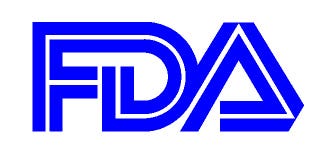FDA to scrutinize link between food dyes and hyperactivityFDA to scrutinize link between food dyes and hyperactivity
Prompted by recent European research, U.S. regulators will convene March 30 to reexamine the safety of artificial colors in foods and beverages.

A growing number of parents are shunning foods and drinks colored with artificial dyes because of European research connecting these synthetic ingredients with increased hyperactivity in some children, and now the U.S. Food and Drug Administration plans to conduct its own reexamination into the safety of artificial colors.
Starting March 30, an FDA advisory panel will convene for two days to discuss the safety of food dyes and offer input into whether the U.S. government should limit their use. One trigger for this meeting is recent research sponsored by the British government that has connected food dyes to attention disorders in children.
This research prompted the European Parliament in 2010 to require this warning label on foods and drinks containing artificial colors: “May have an adverse effect on activity and attention in children.” The new labeling law motivated many food manufacturers—including Kraft, Kellogg and Mars International—to remove the artificial colors from the products they sell in the European market.
For more, see the series of articles on artificial and natural food colorants NewHope360.com published in February 2011:
Are artificial colors harmful to your child’s health?
About the Author
You May Also Like





